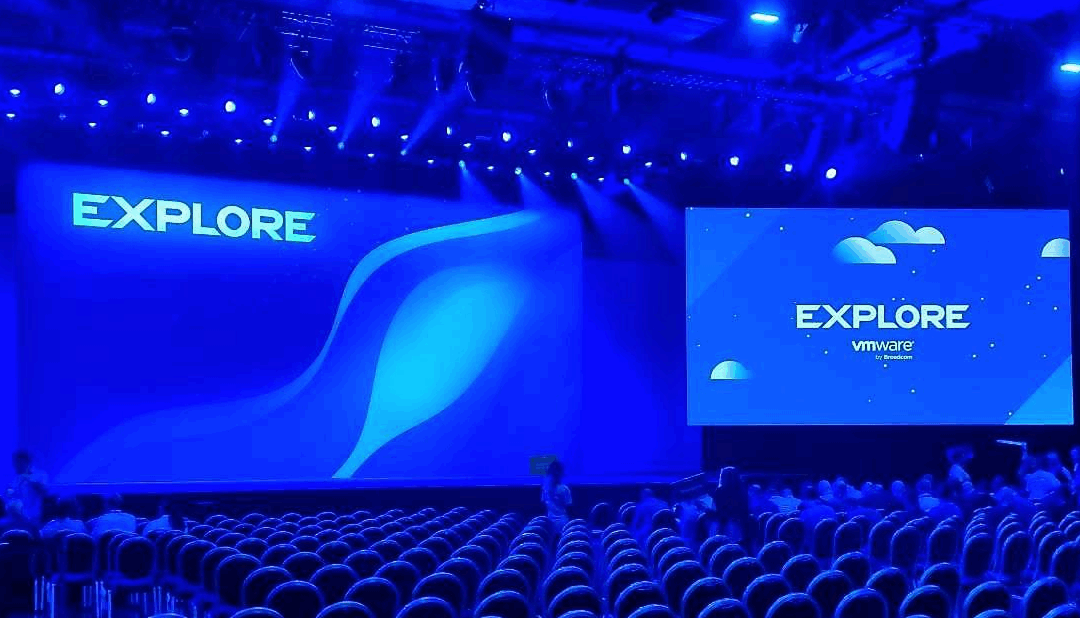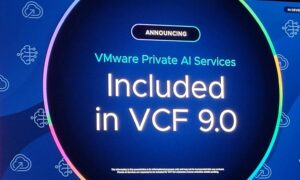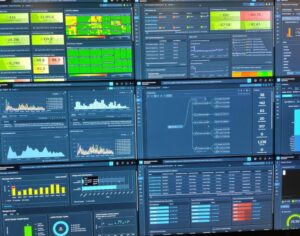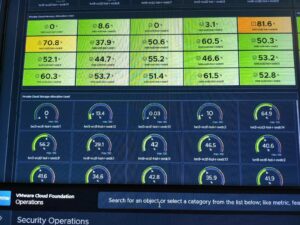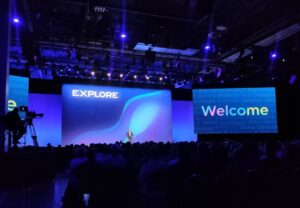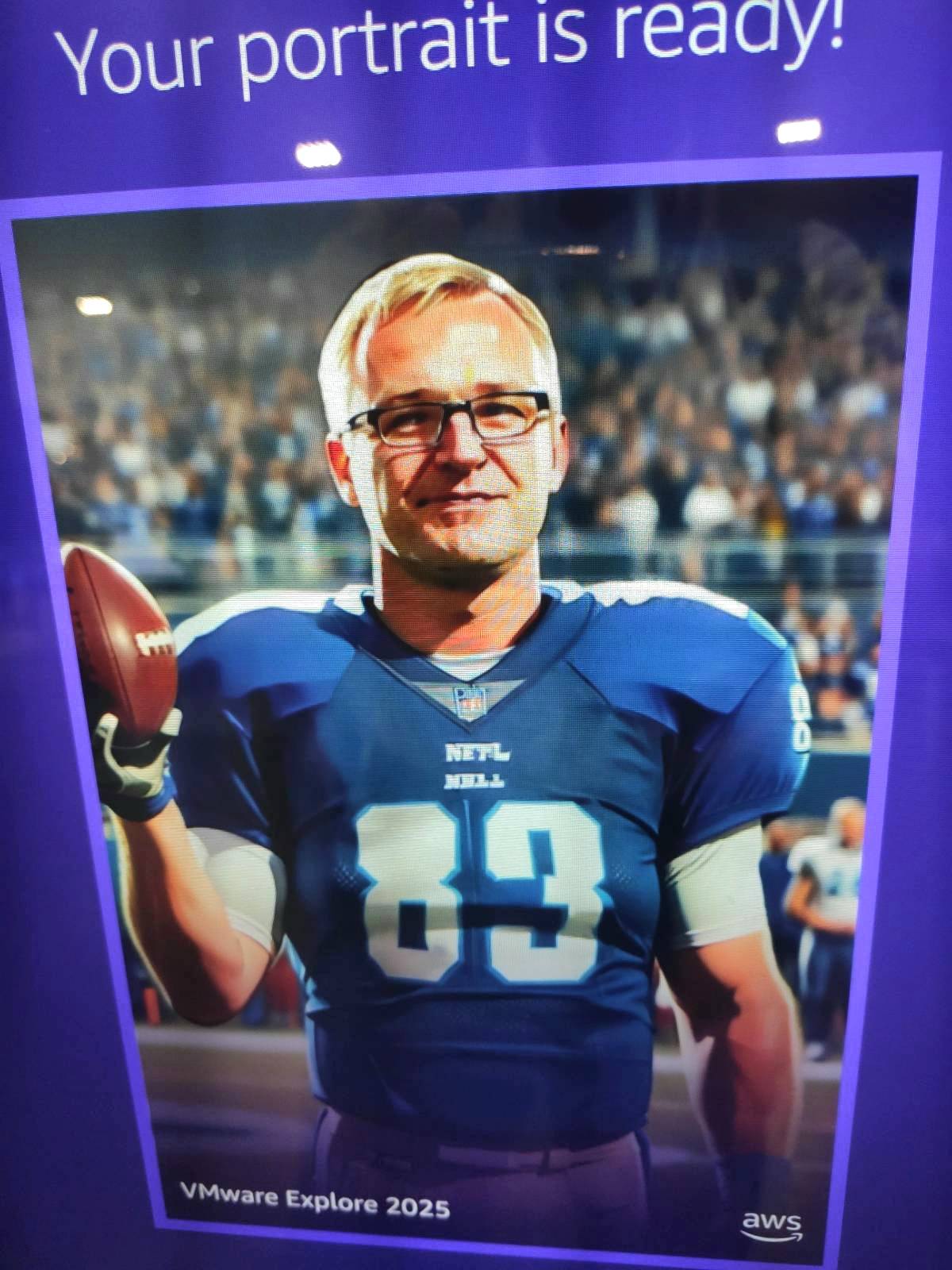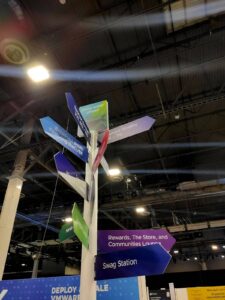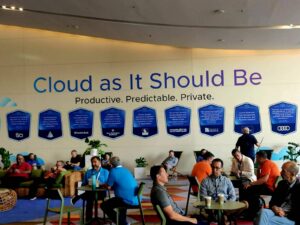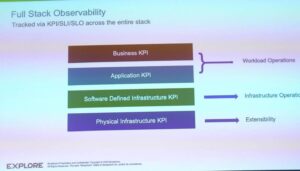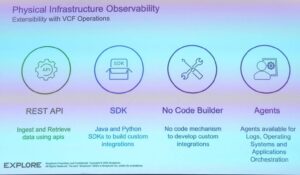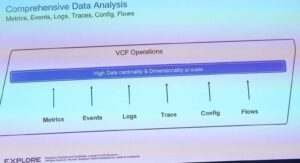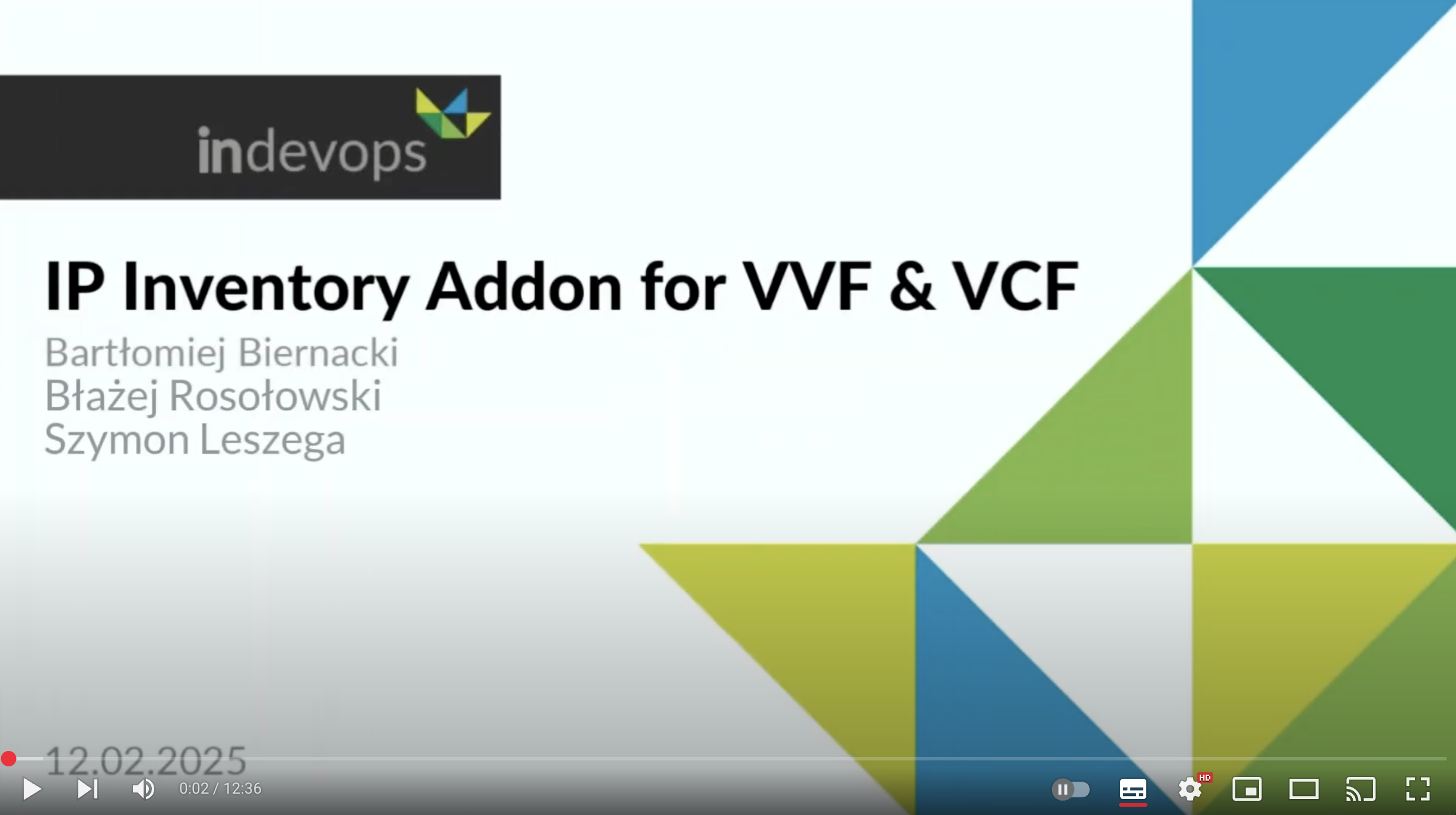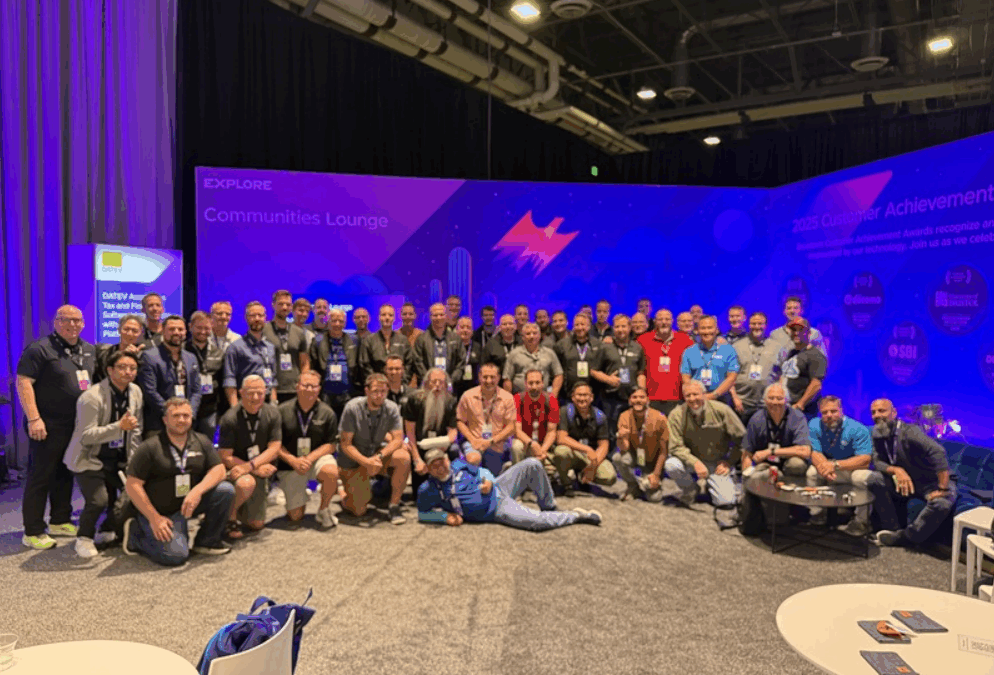
Another day at VMware Explore on Tour 2025 is behind us
Are you curious about what caught Marcin Rzepa's attention this time during VMware Explore on Tour 2025? Come and find out!
Three main topics for today:
- 1. VCF 9.0
- 2. vRA
- 3. labs (I wanted to click around a bit and see what it’s like.😉)
So, let’s take it one by one:
VCF 9:
I had the opportunity to attend a session led by an interesting man who knows a lot about VCF and runs a good blog:
I saw him later in the main auditorium and wanted to talk to him, but I lost sight of him for a moment and he disappeared into the crowd.😉 He talked about VCF at a high level. He emphasised that the key to success is good environment planning. He talked about the concept of VCF (VCF Fleet, Instance, Domain).
VCF Fleet is nothing more than a collection of VCF instances managed by common components: #Operations and #Automation. He also presented:
- options for a fail-safe architecture.
- several scalability parameters:
- max. 25 vCentres in one instance (1 x MGMT Domain, 24 Workload Domains)
- and, consequently, max. 25 NSX Managers
- max. 2,500 hosts in one instance.
vRA, or rather VCFA (VCF Automation):
- In addition to creating VMs, VCF Automation introduces the option of creating so-called All Apps, which means that on the same infrastructure, using Supervisor, the user can create both a standard VM and a #k8s cluster. k8s cluster on the same infrastructure using Supervisor. Now it doesn’t matter how complex the environment is. Organisations can easily and simply create applications regardless of their architecture.
- vSphere Supervisor provides compute, storage and networking through the Kubernetes API.
- Organisational and design isolation through the use of Namespace.
- There can be one or more supervisors in a given region.
- And all this is available from a single location, which allows you to create services in different regions and projects, e.g. dev, tst, prd,
- In addition, everything is stored in YAML: VMs, TKG, load balancers, disks. When you configure from the GUI, a YAML file is automatically generated.
lab hall
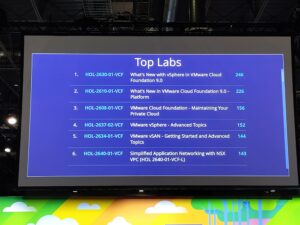
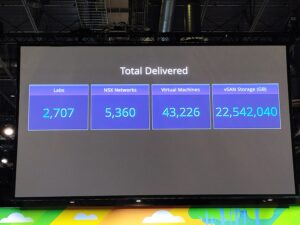
Well organised, quick access, smooth operation. They contain an easy description of the architecture and explain the terminology used in the introduction. In addition to clicking through, you can also run a simulation that will guide you and familiarise you with the specifics of VCF.
The photo shows the scale we are talking about, how many VMs, how much storage and how many networks were created today.
The top 3 places are taken by hol laby with VCF.
I clicked through the labs with vRA and VCF 😉
Of course, this is no substitute for working with the real VCF, but it provides a foundation for learning about and entering the world of Private Cloud, and we already have our first VCF 9.0 in our INDEVOPS lab, where we are constantly discovering something new.
That’s all for today. Thank you.” 🖐 🖐
I am adding a link to the VMware blog:
https://blogs.vmware.com/explore/vmware-explore-2025-las-vegas-day-4-recap/

